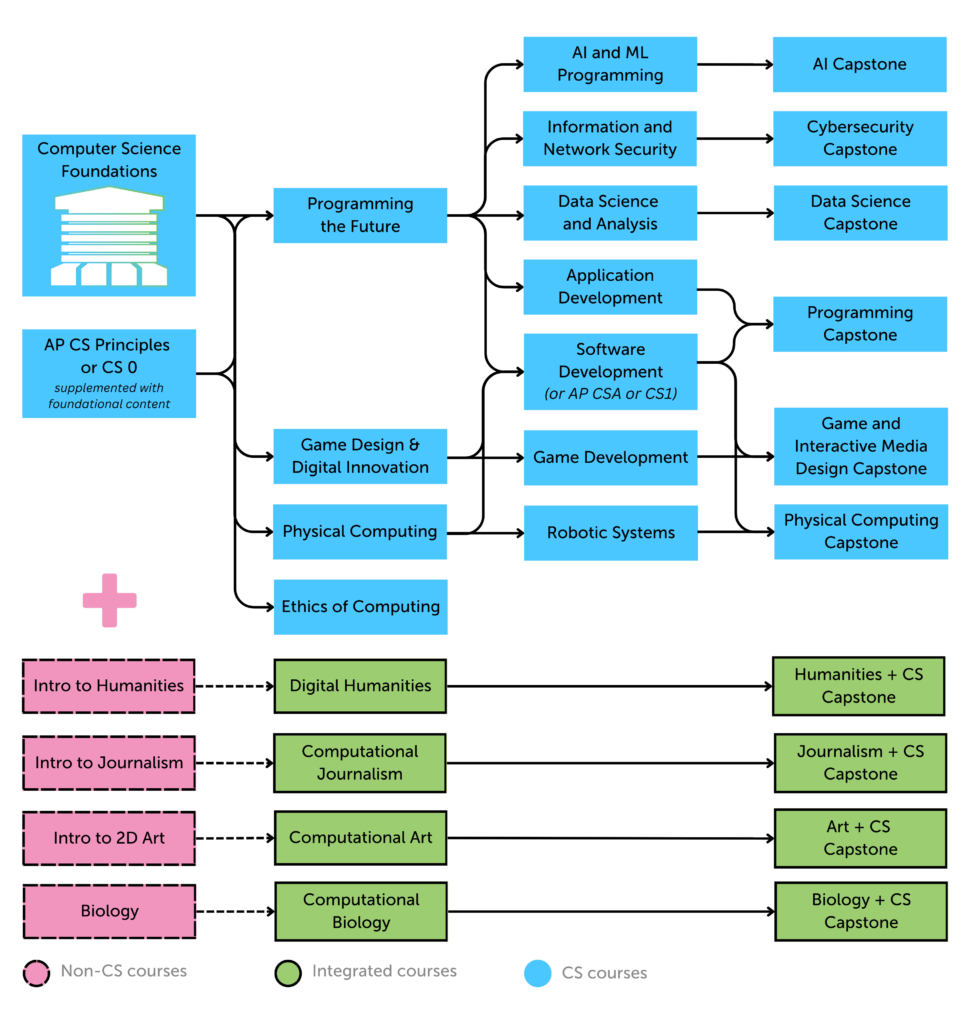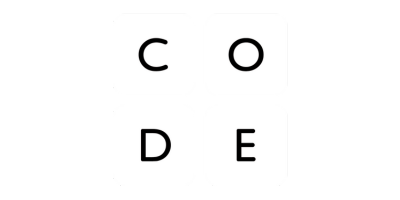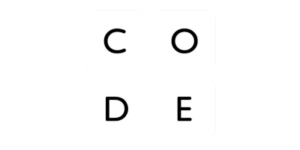The pathways developed in this project aim to meet the needs of all students and their communities, recognizing that most students will not major in computing in college. This approach helps identify diverse pathway endpoints that impact more students and enhance civic engagement and personal empowerment. The project details content progressions in specialty areas like AI and data science, outlining high-level learning outcomes. Example pathways suggest how these progressions can be packaged into meaningful high school course sequences, offering schools a variety of options based on student interests, community needs, and available resources.
Click the specialty area to view more.
The figure below illustrates a sample set of course pathways, providing a holistic view of relationships across the pathways. Each box represents one example course, which is described in the specific specialty pathways linked above. This collection of courses is designed to showcase the breadth of opportunities for learning beyond foundational high school CS content.
Adopted pathways can and should differ widely based on local needs and resources. However, this sample is meant to suggest what a relatively full implementation might look like for a large school positioned to deliver a comprehensive set of CS pathways. It is not expected that schools would have the capability of offering all (or even multiple) of the pathways represented. There are a variety of equity considerations when determining which pathway(s) to implement locally.

The diagram has two parts: the top part is for CS content, and the bottom part is for X + CS content.
For the CS content, there are four columns.
The leftmost column has two sections: (1) Computer Science Foundations and (2) AP CS Principles of CS0 supplemented with foundational content.
The next column for CS content has four courses: Programming the Future, Game Design & Digital Innovation, Physical Computing, and Ethics of Computing. All four of those courses stem from either (1) Computer Science Foundations or (2) AP CS Principles or CS 0.
The next column for CS content has seven courses: (1) AI and ML Programming, (2) Information and Network Security, (3) Data Science and Analysis, (4) Application Development, (5) Software Development (or AP CSA or CS1), (6) Game Development, and (7) Robotic Systems. Each of these courses stems from a prior course as follows: AI and ML programming, Information and Network Security, Data Science and Analysis, Application Development, and Software Development (or AP CSA or CS1) stem from Programming the Future. Game Development stems from Game Design and Digital Innovation. Robotic Systems stems from Physical Computing. Additionally, Software Development can stem from Game Design and Digital Innovation or Physical Computing.
The final column for CS content includes these six courses: (1) AI Capstone, (2) Cybersecurity Capstone, (3) Data Science Capstone, (4) Programming Capstone, (5) Game and Interactive Media Design Capstone, and (6) Physical Computing Capstone. These courses all stem from prior courses as follows: (1) AI Capstone from AI and ML Programming, (2) Cybersecurity Capstone from Information and Network Security, (3) Data Science Capstone from Data Science and Analysis, (4) Programming Capstone from Application Development or Software Development, (5) Game Design and Interactive Media Design Capstone from Software Development or Game Development, and (6) Physical Computing Capstone from Software Development or Robotic Systems.
The second part of the diagram concerns X + CS. It has three columns. There are four rows as follows: (1) Intro to Humanities leading to Digital Humanities leading to a Humanities + CS Capstone, (2) Intro to Journalism leading to Computational Journalism leading to a Journalism + CS Capstone, (3) Intro to 2D art leading to Computational Art leading to an Art + CS Capstone, and (4) Biology Leading to Computational Biology leading to a Biology + CS Capstone. Each of these sequences assumes that the student has experienced either Computer Science Foundations or AP CS Principles of CS 0.
This project is supported by the National Science Foundation (NSF) under Grant No. 2311746. Any opinions, findings, and conclusions or recommendations expressed in this material are those of the author(s) and do not necessarily reflect the views of the NSF.













